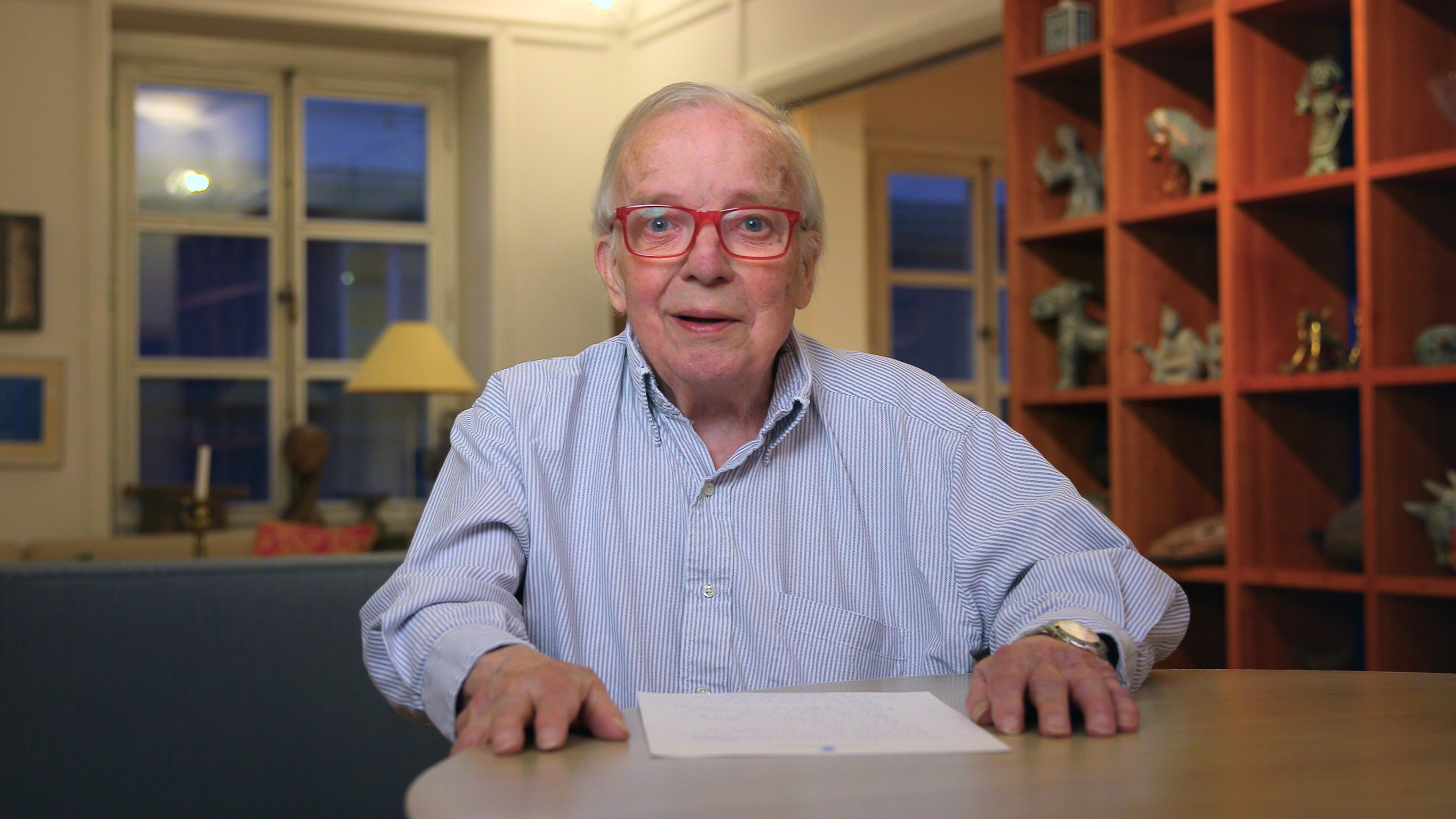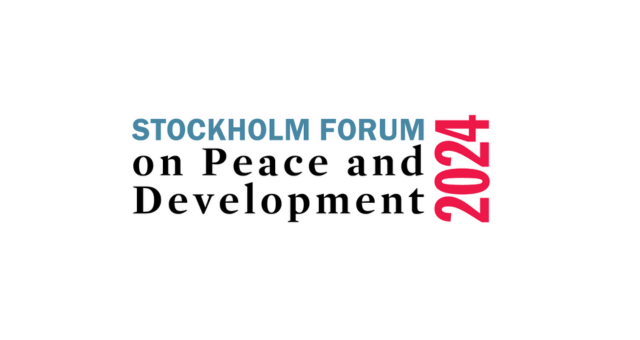Nauru electors return ruling government to power
A total of 67 candidates, including four women, as well as incumbent Member of Parliament (MP) Charmaine Scotty, who is also a government Minister, stood for the 19-seat Parliament in the elections in Nauru on 9 July 2016. These 19 seats are distributed amongst 8 multi-member constituencies. Ubenide and Meneng has 4 and 3 seats, respectively, while the rest are 2-member seats. Both Ubenide and Meneng attracted the highest number of candidates at 16 and 11 candidates respectively. The lowest number of candidates was for the seat of Buada roughly situated in the middle of the island.
The total number of registered voters was 7,843 but only 6,469 voted representing a voter turnout of 82 percent. Nauru has always experienced very high voter turnouts and the high voter turnout in this year’s election is not unusual. The constituencies where voter turnouts were below 80 percent were Yaren and Anabar both recorded turnouts of 76 percent and 79 percent respectively. The percentage of informal votes is low at only 3 percent. High number informal votes were recorded in the two large constituencies of Ubenide and Meneng but are somewhat insignificant as the percentage is formal votes are fairly high at over 90 percent.
Members of Parliament in Nauru are elected using the Dowdall Borda counting method1. Basically, this is a decimalised modification of a preferential border count which requires the voter to rank all candidates in order of preference. Every preference on a ballot paper is given a value and all the values are added up. Each vote is counted using the formula 1/n according to ranking order wherein a candidate with a first preference votes receives one point, a second candidate with a second preference receives half a point and a candidate with a third preference receives half a point and so on. The vote is aggregated to arrive at a decimal score for each candidate. Column 12 of Table 1 below shows the decimal votes obtained by each winning candidates as listed in column 11.
Charmaine Scotty, the only woman MP and government minister in the last Parliament was re-elected by a considerable margin compared to her fellow winning candidate for the constituency of Yaren, Kieren Keke, who was also re-elected (See Table 1). Scotty’s re-election makes her the first Nauruan woman to be elected twice in consecutive elections. Out of the 8 multi-member constituencies on Nauru, the constituency of Yaren was one of three where all sitting MPs were re-elected. The others were Ubenide and Aiwo. The constituency of Meneng is the only one with new MPs. The rest of the constituencies (Anabar, Anetan, Boe and Buada) had a mix of new and incumbent MPs being elected. Altogether 12 MPs were re-elected along with 7 new MPs to the 19 seat Parliament representing a turnover of 63 percent.
The re-election of government MPs and the non-re-election of several Opposition MPs is the most prominent outcome of the election. It was assumed that various actions and decisions of governments which gave rise to concerns for human rights, rule of law, parliamentary democracy and criticism of government policies provided sufficient groundswell for political change.
However, the re-election of all government ministers, including incumbent President Baron Waqa, who was re-elected again as President on 13 July 2016, obliterated this assumption. The people have decided through the ballot and they have decided to bring the government back to power. The Commonwealth Secretariat and the Pacific Islands Forum which observed the election said the election was conducted in a peaceful environment without intimidation.
[1] Information on this method of counting is available on the Nauru Election Commission website.



